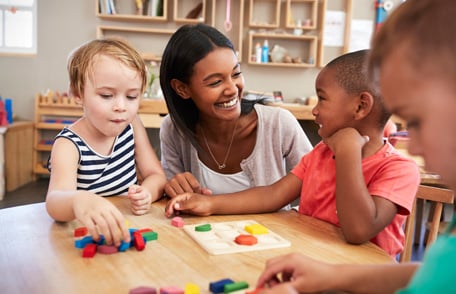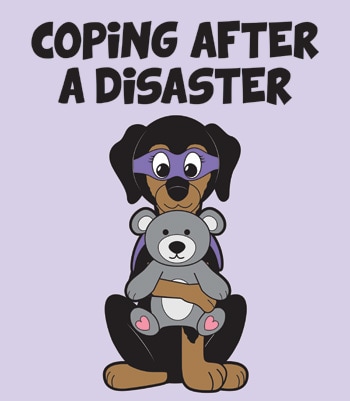Returning to School After a Disaster: Tips to Help Your Students Cope
Teachers have an important role to play in helping children both prepare for and recover after a public health emergency.

Public health emergencies and disasters affect millions of children worldwide each year. These emergencies and disasters include natural events (such as severe weather, earthquakes, fires, floods, and tsunamis) and man-made events (such as acts of terrorism). An emergency or disaster can be destructive to a child’s physical environment, as well as affect their mental health. As a teacher, you are committed to keeping schools safe and supporting children and their families. If your students experience an emergency or disaster, there are steps you can take to help your students cope and recover.
How can I help my students cope and continue to support their recovery from a disaster?
- Talk to students about what happened in a way they can understand. Keep it simple and appropriate for each child’s age. (Learn more about common reactions by age range)
- Provide students with opportunities to talk about what they went through or what they think about it. Encourage them to share concerns and ask questions.
- Children react, in part, to what they see from the adults around them. When teachers deal with a disaster calmly and confidently, they can provide the best support for their students.
- Children who were directly exposed to a disaster can become upset again; behavior changes resulting from the event may be long lasting and can worsen or return if these children see or hear reminders of what happened. Be aware that that this could happen and know what resources are available at your school for children and families, should you need to report concerns to the appropriate people at your school.
It is difficult to predict how some children will respond to disasters and traumatic events. Because parents, teachers, and other adults see children in different situations, it is important for them to work together to share information about how each child is coping after a traumatic event.
What are some resources that I can use in my classroom to help children cope?
- Coping after a disaster activity pages: interactive booklet for younger children to learn about coping after a disaster.
- Ready Wrigley Coping After a Disaster: newest activity book as part of the preparedness series (find additional books to teach children about preparedness for various emergencies here).
Disaster Distress Helpline
After a disaster, teachers may also be struggling with severe posttraumatic symptoms and personal losses. This might prevent them from getting involved in any kind of post-disaster intervention with their students. In this case, it is important that teachers take care of themselves first and seek help from a professional. (SAMHSA’s Disaster Distress Helpline: 1-800-985-5990)
Additional Resources
For more information about how to help children cope after a disaster:
- CDC: Helping Children Cope in Emergencies
- American Red Cross: Recovering After a Disaster or Emergency
- National Institute of Mental Health: Coping with Traumatic Events
- National Child Traumatic Stress Network
For resources about being prepared for an emergency in your classroom:
- Easy as ABC infographic: teaches three steps to protect children during emergencies in the school day.
- Emergency Preparedness and You
- Ready Wrigley Backpack Preparedness Card: Emergency info for parents and students to have in their backpacks and wallets at all times.
- Federal Emergency Management Agency: Coping with Disasters























.png)











No hay comentarios:
Publicar un comentario